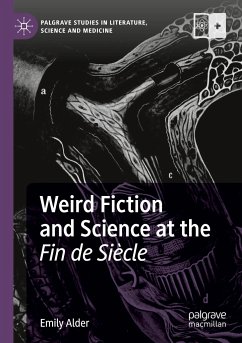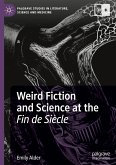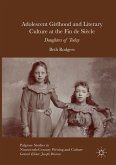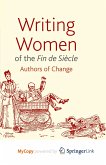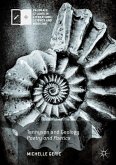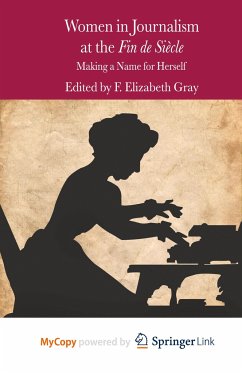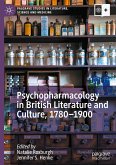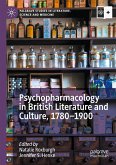This book explores how nineteenth-century science stimulated the emergence of weird tales at the fin de siècle, and examines weird fiction by British writers who preceded and influenced H. P. Lovecraft, the most famous author of weird fiction. From laboratory experiments, thermodynamics, and Darwinian evolutionary theory to psychology, Theosophy, and the 'new' physics of atoms and forces, science illuminated supernatural realms with rational theories and practices. Changing scientific philosophies and questioning of traditional positivism produced new ways of knowing the world-fertile borderlands for fictional as well as real-world scientists to explore. Reading Robert Louis Stevenson's Strange Case of Dr Jekyll and Mr Hyde (1886) as an inaugural weird tale, the author goes on to analyse stories by Arthur Machen, Edith Nesbit, H. G. Wells, William Hope Hodgson, E. and H. Heron, and Algernon Blackwood to show how this radical fantasy mode can be scientific, and how sciences themselves were often already weird.
"In Weird Fiction and Science at the Fin de Siècle, Emily Alder offers a clear and exceptionally compelling examination of the evolution of pre-Lovecraftian weird horror, a genre that simultaneously appropriates as it repudiates the positivist tendencies of Victorian science in its generation of monsters. ... Alder's monograph is a valuable contribution to scholarship on the weird and will hopefully inspire more work on this fascinating and undertheorized genre." (L. A. Delgado, Victorian Studies, Vol. 65 (2), 2023)
"Alder's Weird Fiction and Science at the Fin de Siècle, in sum, provides a detailed close reading of the interrelationship between science and the Weird taleand, although, her study primarily concerns itself with British Weird fiction of the late nineteenth and early twentieth century, much of what is explored in this volume remains relevant to the subsequent development of the Weird tale as well as to contemporary scientific advancements." (Fredrik Blanc,Fantastika Journal, Vol. 5 (1), May, 2021)
"Alder's Weird Fiction and Science at the Fin de Siècle, in sum, provides a detailed close reading of the interrelationship between science and the Weird taleand, although, her study primarily concerns itself with British Weird fiction of the late nineteenth and early twentieth century, much of what is explored in this volume remains relevant to the subsequent development of the Weird tale as well as to contemporary scientific advancements." (Fredrik Blanc,Fantastika Journal, Vol. 5 (1), May, 2021)

